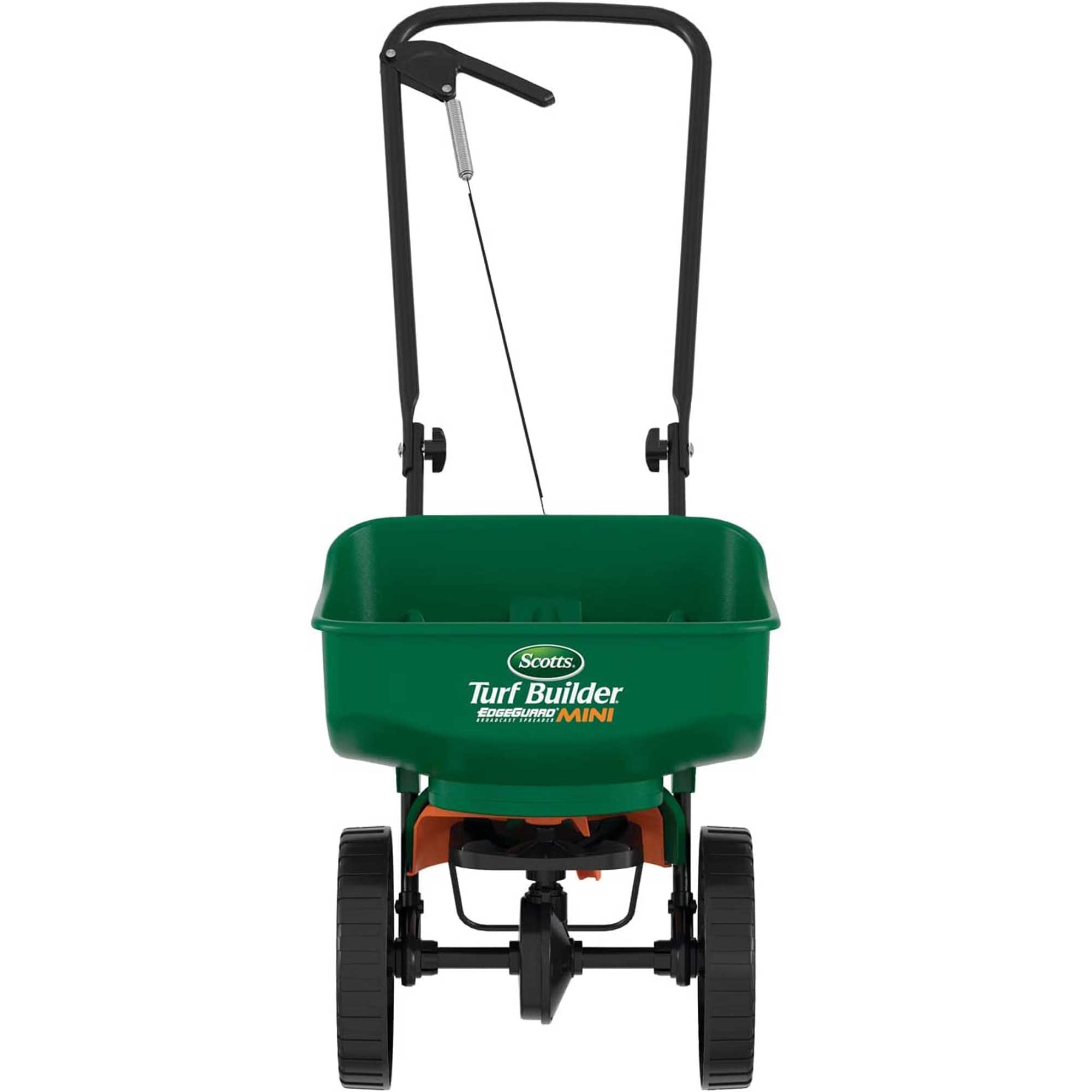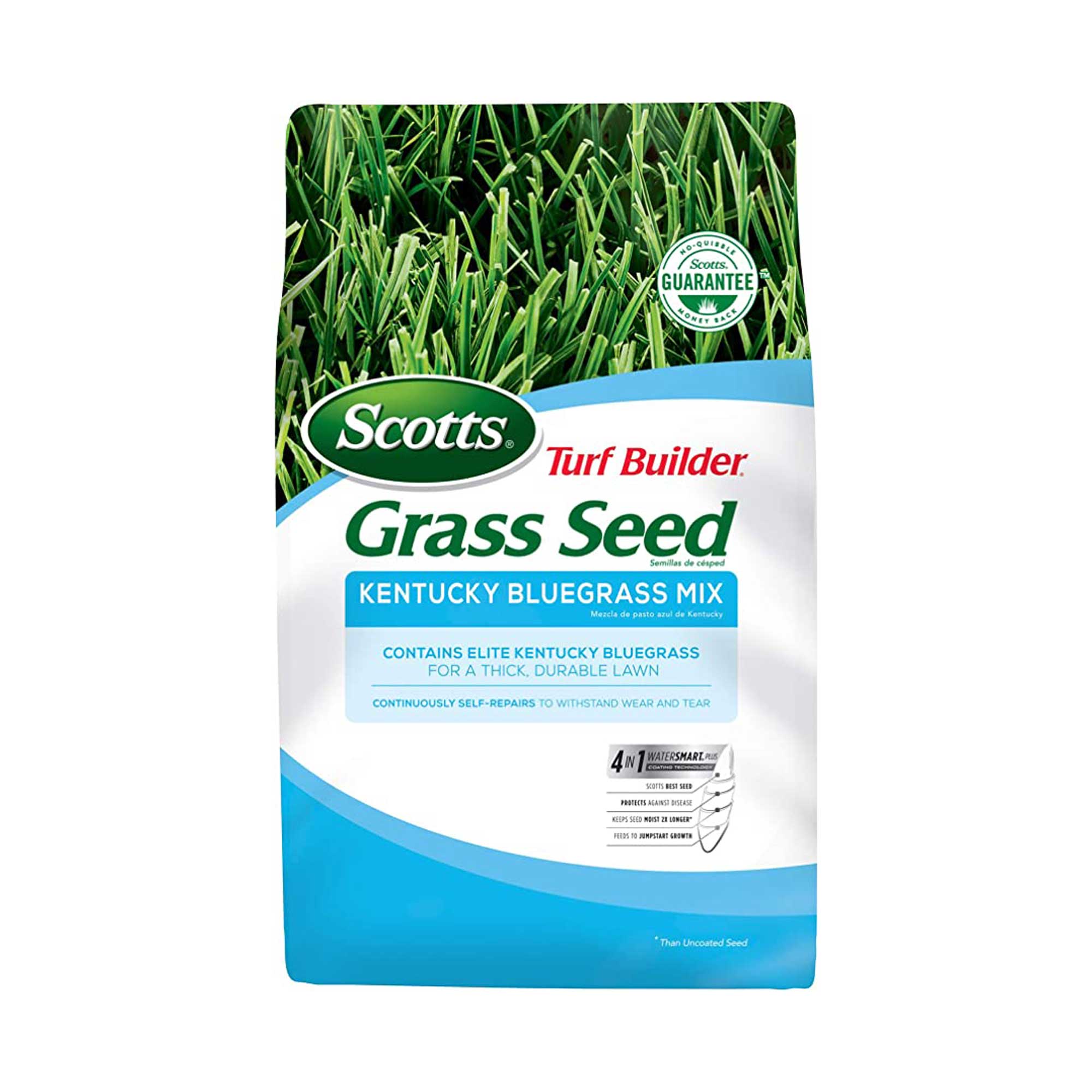Lawn experts reveal if it is better to seed or fertilize first in spring – the best steps to follow for lush, healthy grass
It can be done either way, depending on the circumstances. See how to decide and some of the best products to use
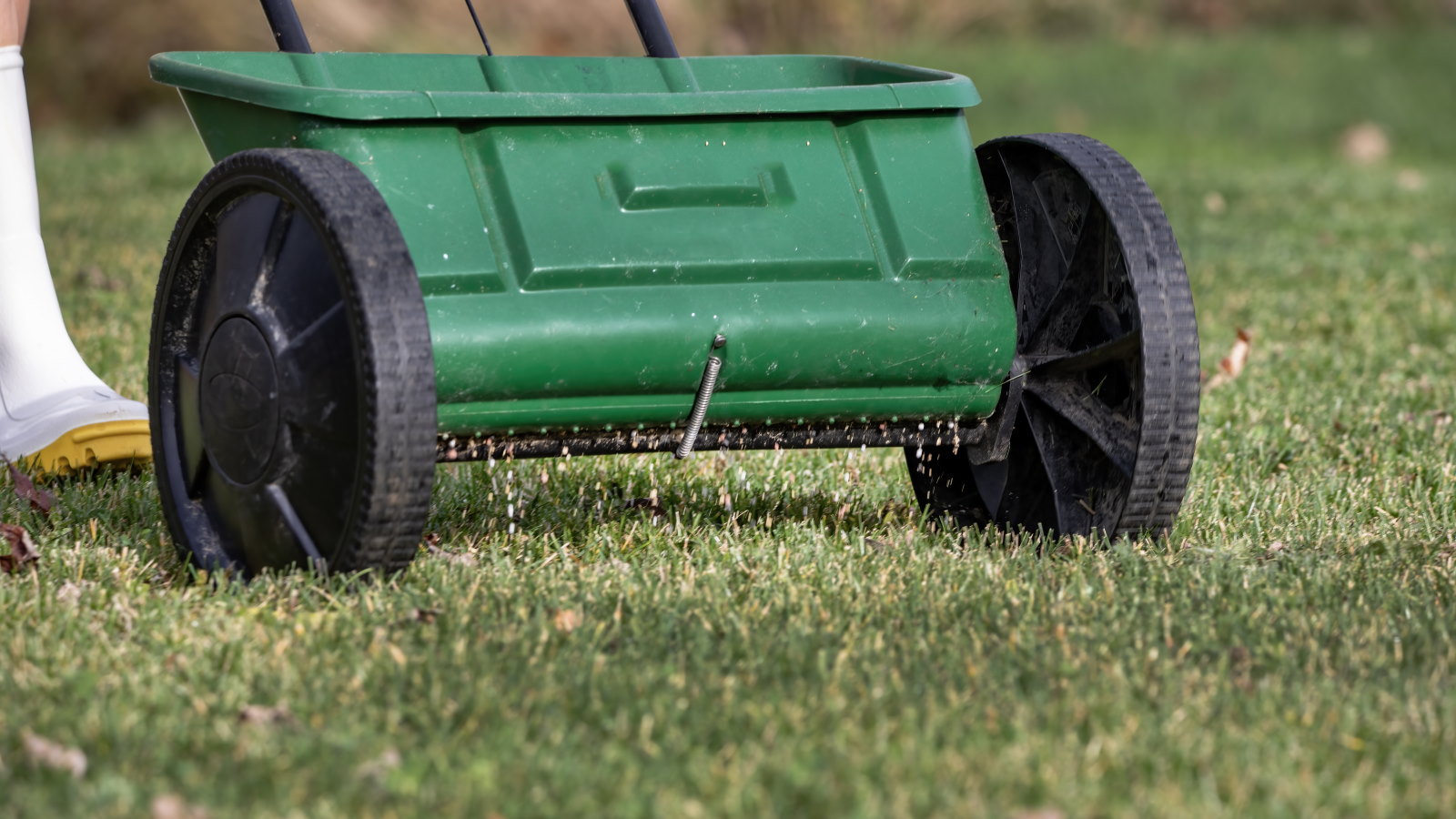

Drew Swainston
Spring is an ideal time to put lawn care at the forefront of your thoughts. Giving your grass some TLC helps to ensure it looks green and lush come summer. But is it better to seed or fertilize first in spring?
Any lawn may have bare patches come spring, whether from lots of usage the previous year or the bitter winter weather. Sowing seeds to repair those patches and applying fertilizer to give the lawn a boost are both great spring lawn care tasks to get done.
The truth is that you can do those tasks in either order, and both ways can have positive results. You can plant seed then fertilize, or fertilize with a starter feed before seeding. We hear from lawn care experts to help you succeed, whether you choose to seed or fertilize first in spring.
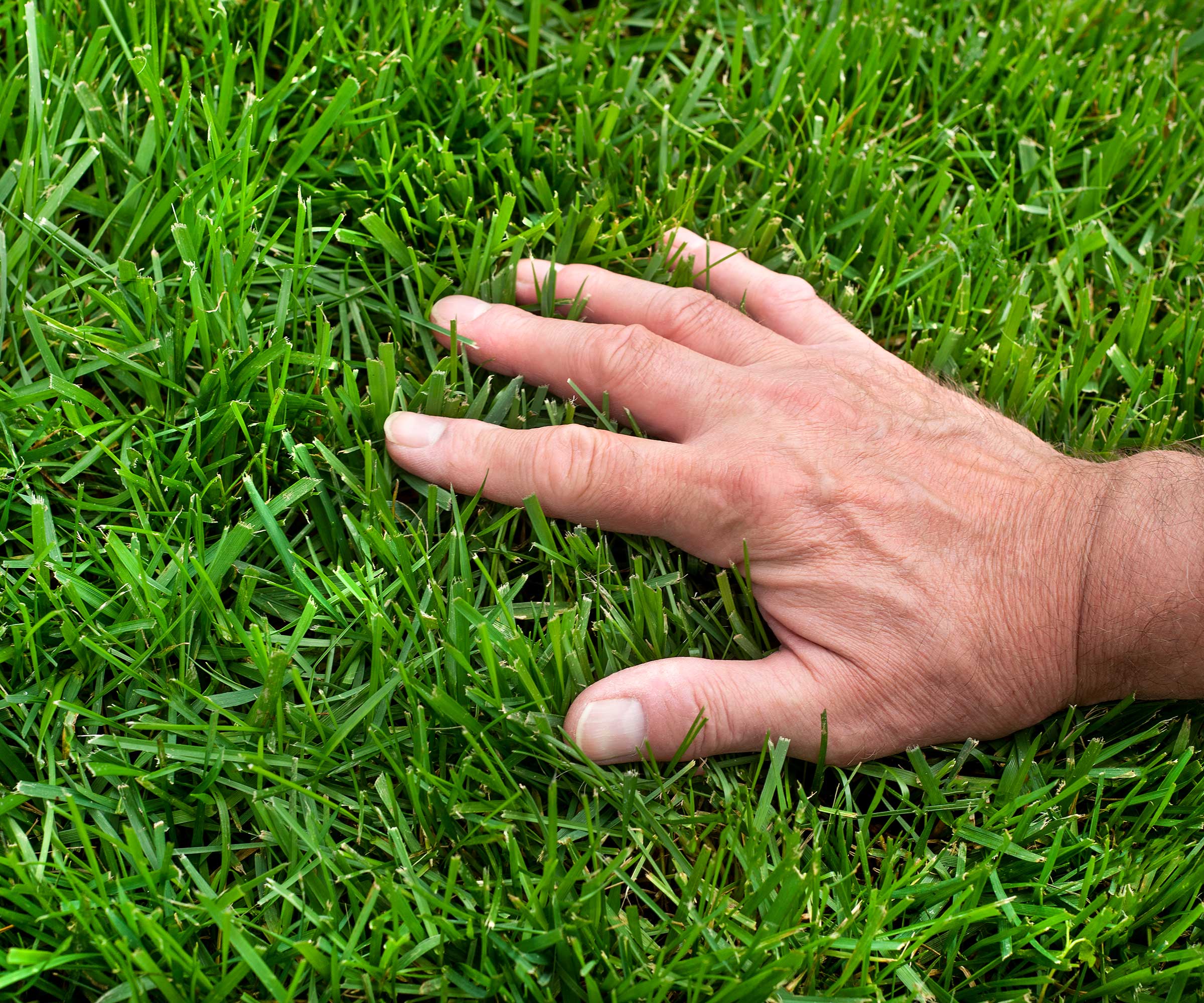
Fertilizing at the right time will give your lawn a boost
To seed or fertilize first? Experts discuss
Whether you seed before feeding or after, the choice may come down to when you are planting seed and the type of grass you are growing. See tips from three lawn experts to help you discover the best lawn care route and the types of feeds to use.
Seed before fertilizing
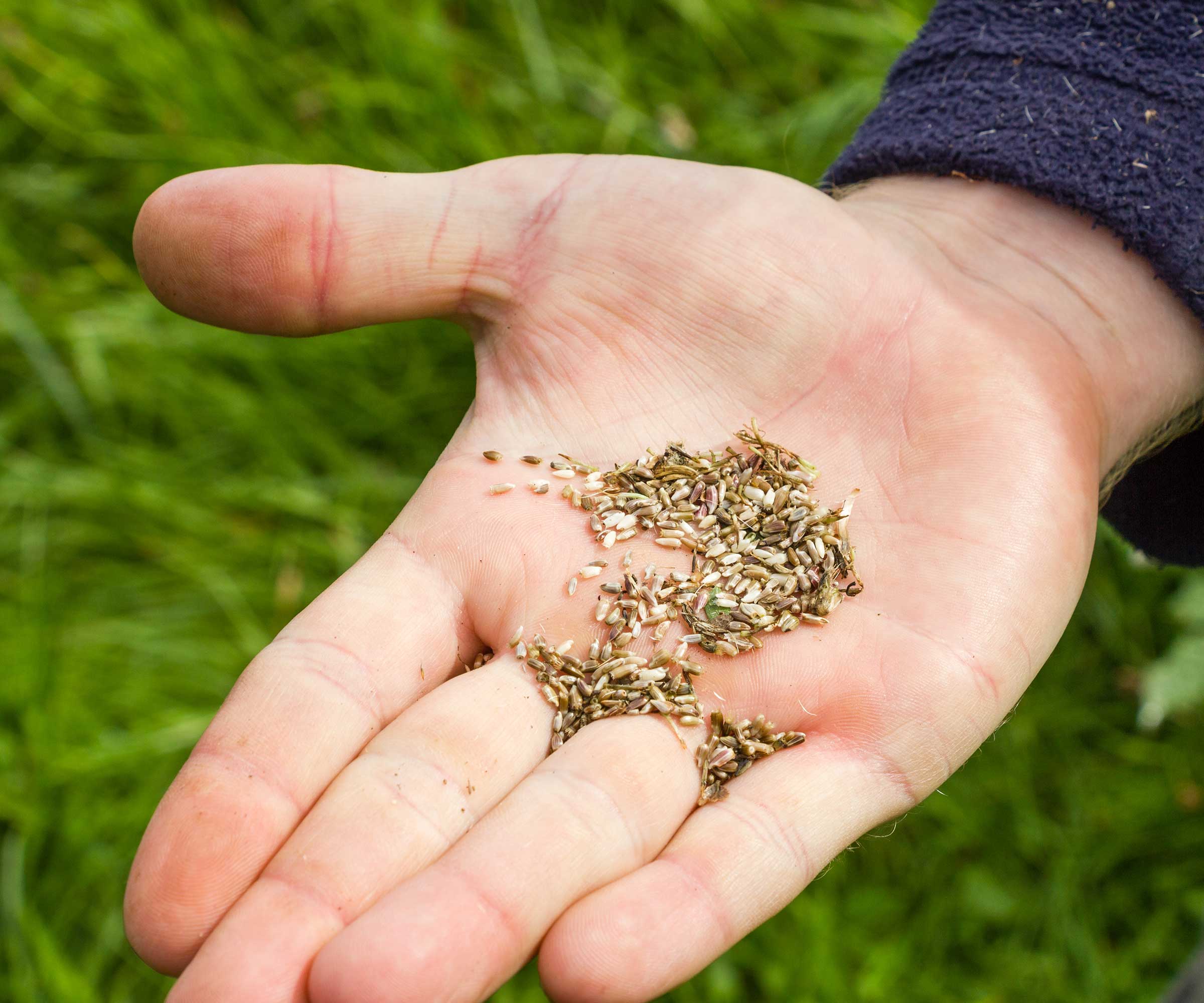
If sowing grass seed in early spring, wait a few weeks before applying a general fertilizer
Lawn expert Gene Cabellero of GreenPal hails the benefits of feeding the weeks after planting grass seed when sowing in early spring. He says: 'The reason is that the new grass seeds are very delicate and could be damaged by the ingredients in the fertilizer.
'By seeding first, the grass seeds can become established and develop a strong root system as a foundation. Once the seeds are showing good, strong growth, you can then add fertilizers for your particular grass and soil type.'
After the lawn has germinated, around 4-6 weeks after planting the grass seed, you can apply nutrient-rich lawn fertilizer.
To get rid of lawn weeds, you may also wish to apply a herbicide when you fertilize the lawn. But, to avoid damaging your new seedlings, be sure to check the label first. It should tell you how long you need to wait to apply after sowing fresh seed.

Gene Caballero is the co-founder of GreenPal which has been described as Uber for lawn care. He has been in the landscaping business for over 25 years.
Fertilize before seeding
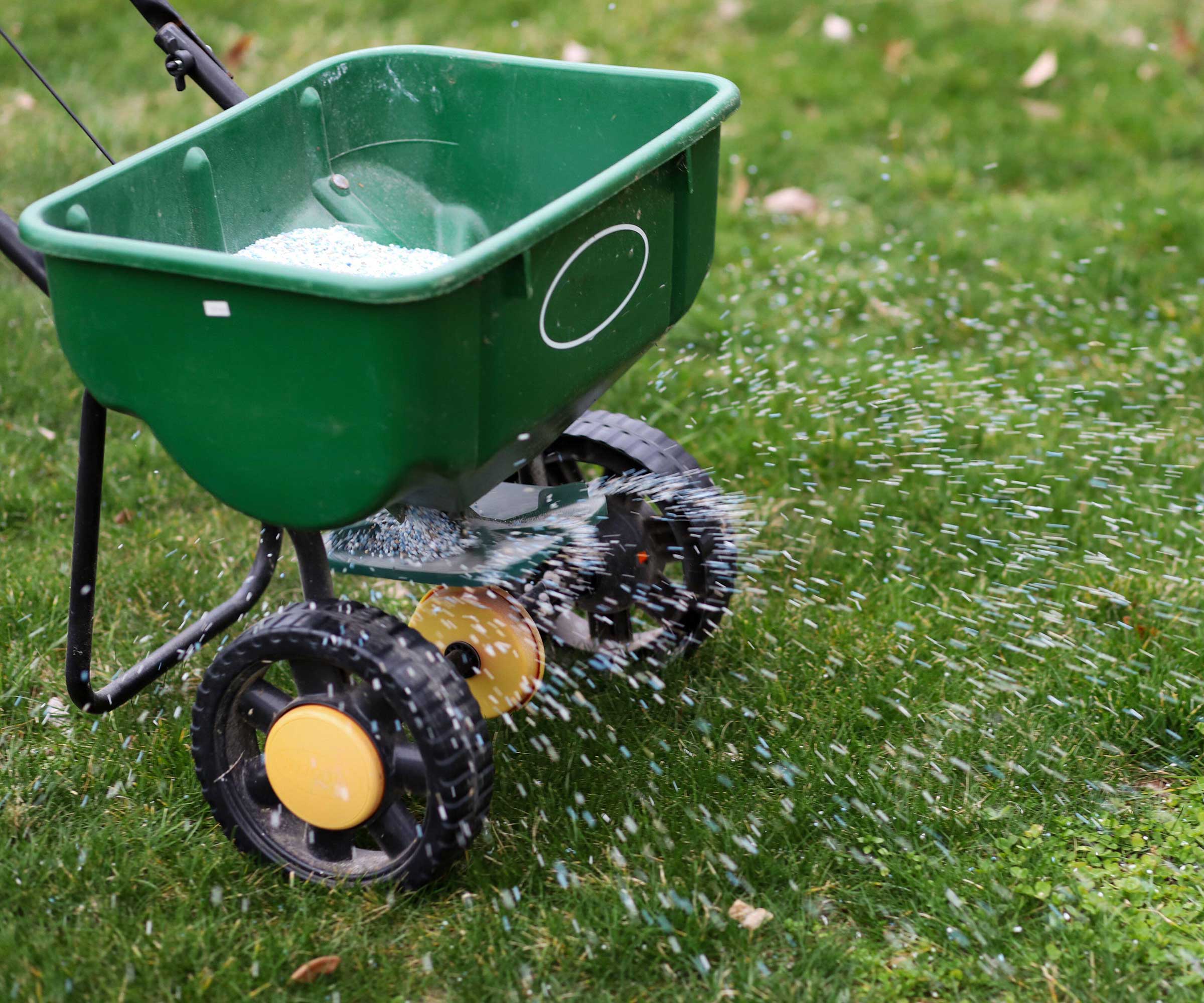
Feeding before seeding provides essential nutrients to new grass seedlings
If you use a dedicated starter fertilizer, you can apply feed before sowing the seeds. Applying when you plant your grass seed (either just before or just after) will help speed up the germination process. This is due to the makeup of nutrients in such products.
‘Starter fertilizers usually pack more phosphorous and less potassium than regular fertilizers because they are tailored to the needs of new grass,’ says Jeremy Yamaguchi, the CEO of Lawn Love.
‘When any plant is first growing, it takes time for its root system to spread and absorb nutrients - which is the case for grass seed. So, this is why starter fertilizer is so helpful. It supplies grass seed roots with the nutrients they need but can’t yet collect from the soil.’
Make sure to only use starter fertilizers in this case, as they are designed for use when sowing seed. A well-rated example is Scotts Turf Builder Starter Food, available from Amazon, which can be applied immediately before or after sowing grass seed. Pennington UltraGreen Starter Lawn Fertilizer, also from Amazon, is another option and includes 5% iron to encourage a deep green lawn. Other types of products, such as weed and feed, may contain chemicals that will inhibit the germination of grass seed.
Anton Schwarz, the CEO of Lawn Liberty, recommends that you feed before seeding if you are sowing warm-season grasses to repair patches in your lawn, like Bermuda grass and zoysia grass. These are the grasses better suited to hotter climates in southern states.
Cool-season grasses (such as Kentucky bluegrass and fescue – better suited to northern states) tend to do best when seeded in the fall or early spring, while warm-season varieties are best sown later, in late spring or early summer.
'Fertilizing should come first in this case,' says Anton. 'Applying a slow-release fertilizer in the early spring, when the soil has warmed up, can help get your lawn off to a good start. It's best to wait a few weeks after fertilizing before seeding, to allow the fertilizer to fully penetrate the soil and avoid the risk of burning the new grass.'

As the CEO of Lawn Love, Jeremy Yamaguchi helps homeowners find quality, reliable lawn care. Specializing in technology and using industry experience, he intends to revolutionize the lawn care industry.

Anton Schwarz is a seasoned lawn care professional who started his own business to meet the need for high-quality lawn care services around Madison County, AL. He provides a range of services and uses eco-friendly products whenever possible. Anton also runs LawnLiberty.com, an info blog that covers a wide range of topics related to lawn care.
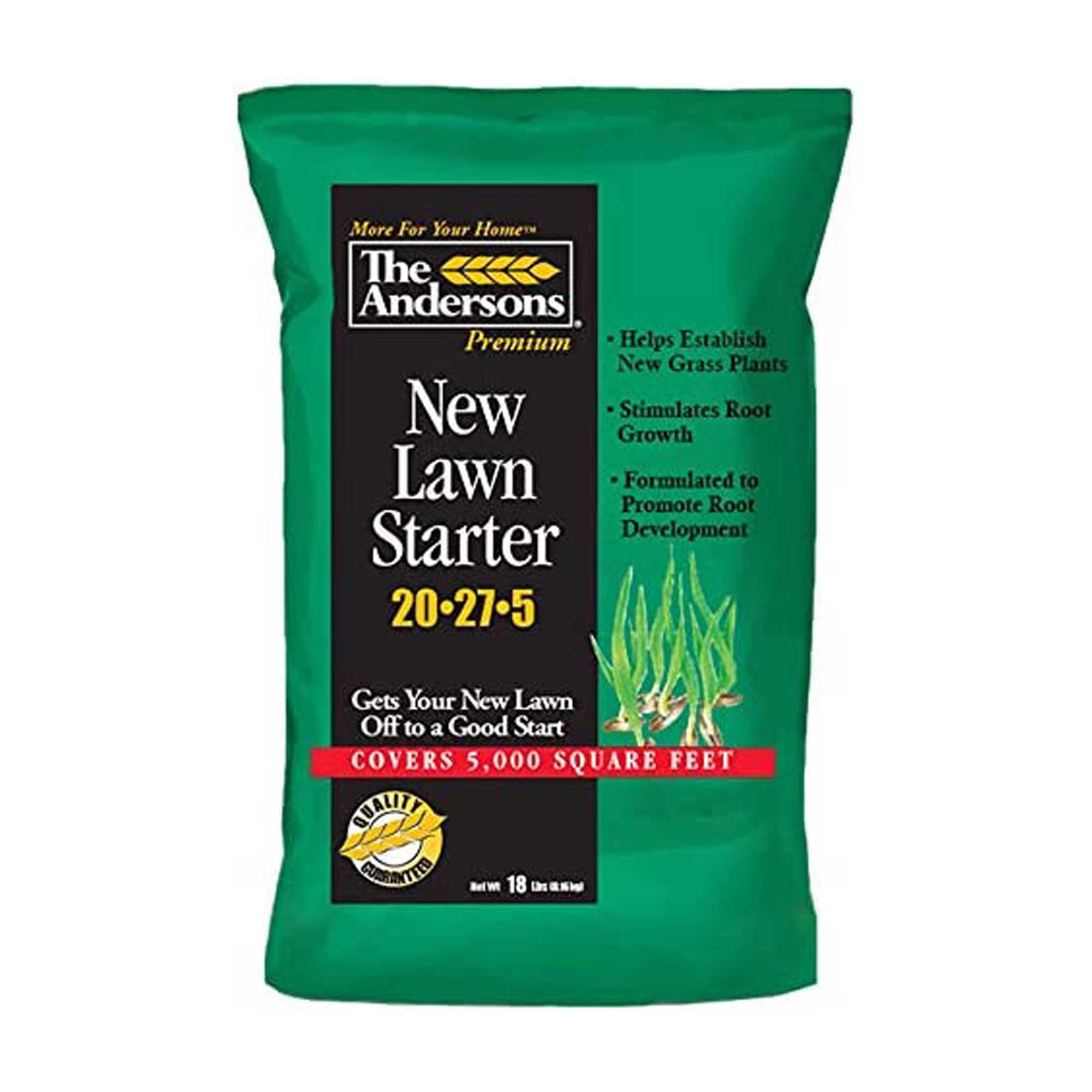
This starter feed is suitable for spring or fall application and will help to establish new grass seed and encourage strong root systems. For best results, work it into the soil 2- 3 inches deep before sowing seed.
FAQs
Can you put lawn feed on new grass seed?
After sowing grass seed, it is best to wait at least another 4-6 weeks before fertilizing the lawn again. The exact time will depend on the type of grass seed, watering, sunlight, and soil temperatures. New grass wants a lot of nitrogen and phosphorus at this stage of its lifespan, to help put down both strong shoots and roots.
Whether you op to seed or fertilize first in spring, overseeding is a quick and simple job to put on a spring lawn care to-do list. The soil is warm and moist in spring and sowing fast-growing grass seeds can help repair any patches quickly and effectively.
Sign up to the Homes & Gardens newsletter
Design expertise in your inbox – from inspiring decorating ideas and beautiful celebrity homes to practical gardening advice and shopping round-ups.

Holly started writing about gardening five years ago, and she is a regular contributor to Homes & Gardens. She has also written many gardening features for Woman & Home and Real Homes, too. She has previous experience as a professional gardener, where she helped to plant and maintain private gardens. Holly has also looked after allotment plots over the years and loves to grow her own flowers and veggies from seed. In her spare time, she enjoys visiting local gardens, botanical drawing, and tending to her ever-growing collection of houseplants.
- Drew SwainstonContent Editor
You must confirm your public display name before commenting
Please logout and then login again, you will then be prompted to enter your display name.
-
 I used to be a lifeguard – this scanning method has stuck with me and instantly catches clutter before it becomes overwhelming
I used to be a lifeguard – this scanning method has stuck with me and instantly catches clutter before it becomes overwhelmingThis life-saving tip now saves me from feeling overwhelmed
By Chiana Dickson
-
 David Beckham uses this air fryer for perfectly cooked wings – it's a small but mighty modern kitchen essential (currently under $160)
David Beckham uses this air fryer for perfectly cooked wings – it's a small but mighty modern kitchen essential (currently under $160)The football legend has joined the ranks of celebrity Ninja fans in a new campaign for the compact, portable, and aesthetically pleasing air fryer
By Hannah Ziegler
